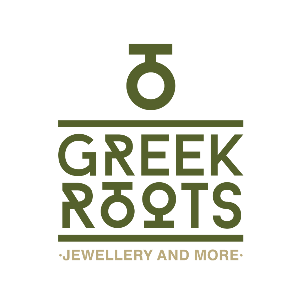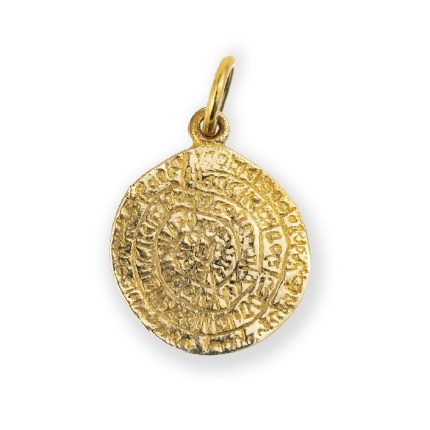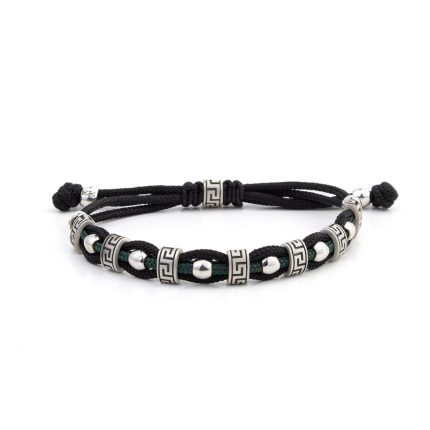Sort by
Material
- 14k gold and sterling silver (118)
- 18k gold and sterling silver (50)
- 18k gold plating (38)
- 9k gold and sterling silver (1)
- brass (1)
- Carbon polymide pa12 (8)
- enamel (117)
- gold (430)
- gold plated (917)
- leather (56)
- rose gold plated (8)
- stainless steel (9)
- sterling silver 925 (1882)
- sterling silver and gold plated (3)
Design
- Amphora (3)
- Bouzouki (4)
- Constantinato (22)
- Donkey (1)
- Egg (36)
- Greek Temples (8)
- Hercules knot (1)
- Lion (5)
- Medusa (11)
- Minoan (25)
- parthenon (1)
- Pegasus (4)
- Ram (9)
- Snake (11)
- Spartan (23)
- Tsarouchi (2)
- Vergina Sun (26)
- Wisdom Owl (25)
Coin
- Alexander the Great (64)
- Goddess Athena (136)
- Helios Sun God (8)
- Hercules (26)
- Medusa (2)
- Parthenon (1)
- Pegasus (12)
Stone
- agate (1)
- amazonite (51)
- amethyst (13)
- apatite (33)
- aqua chalcedony (7)
- aqua marine (2)
- aquamarine (17)
- aventurine (1)
- black onyx (1)
- black zirconia (3)
- bloodstone (1)
- blue & red (1)
- blue spinel zirconia (1)
- blue topaz (29)
- blue zircon (4)
- carnelian (1)
- chalcedony (6)
- champagne zirconia (1)
- chrysocolla (1)
- chrysoprase (1)
- citrin (2)
- coral (3)
- crystals (28)
- diamond (1)
- eagle eye (1)
- emerald (20)
- fildisi (29)
- garnet (17)
- geen onyx (1)
- glass engaving (3)
- golden yellow crystal (14)
- golden yellow zirconia (1)
- green copper (12)
- green onyx (3)
- green peridot zirconia (2)
- green turquoise (2)
- green zircon (6)
- hematite (1)
- jasper (1)
- labradorite (19)
- lapis lazuli (66)
- larimar (5)
- lava (7)
- lemon quartz (2)
- light champagne zirconia (2)
- london blue topaz (6)
- london blue zirconia (1)
- london topaz (1)
- malachite (12)
- moonstone (9)
- mother of pearl (37)
- multi stone (13)
- olive green crystal (14)
- onyx (18)
- opal (165)
- pariba (8)
- pearl (69)
- peridot (15)
- peridot green crystal (14)
- pure white crystal (15)
- pure white zirconia (1)
- purple quartz (2)
- quartz (4)
- red & green (1)
- red zircon (4)
- rhodochrosite (1)
- rhodolite (3)
- rhodolite violet crystal (14)
- rhodolite zirconia (1)
- rodolite (2)
- rose red zirconia (4)
- rubinite (2)
- ruby (50)
- rubyzoesite (1)
- sapphire (23)
- sapphire blue corundum (1)
- sodalite (6)
- spinel blue crystal (14)
- swarovski (7)
- tanzanite (1)
- tiger eye (18)
- topaz (2)
- tourmaline (23)
- tourmalines (1)
- tsavorite (1)
- turquoise (41)
- turquoise copper (18)
- white zirconia (22)
- zircon (236)
Symbol
Color
- Baby Blue (1)
- Black (29)
- Black & Green (1)
- Black & Red (3)
- Black with Black Clasp (4)
- Black with Gold Clasp (2)
- Black with Silver Clasp (3)
- Blue (82)
- Blue & Brown with Black Clasp (1)
- Blue & Brown with Gold Clasp (2)
- Blue & Brown with Silver Clasp (2)
- Blue & Grey (1)
- Bordo (9)
- Brown (13)
- Brown with Black Clasp (2)
- Brown with Gold Clasp (2)
- Brown with Silver Clasp (2)
- Dark Brown (3)
- Gold (8)
- Green (35)
- Grey (1)
- Grey & Black (1)
- Haki (1)
- Light Brown with Black Clasp (2)
- Light Brown with Gold Clasp (2)
- Light Brown with Silver Clasp (3)
- multicolor (2)
- Pink (3)
- Purple (4)
- Red (34)
- Red & Blue (2)
- Silver (6)
- Turquoise (34)
- White (26)
- Yellow (1)
Filter by price
Stock status
-15%
-15%
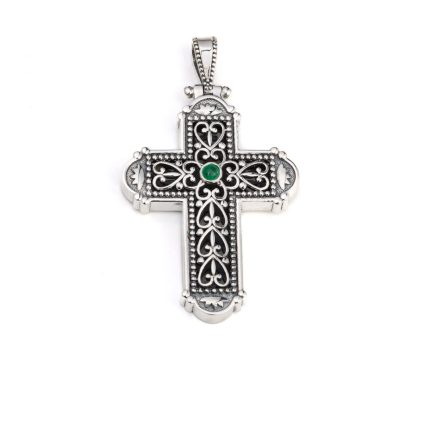

Select options
This product has multiple variants. The options may be chosen on the product page
Byzantine Cross Pendant Silver 925 with a Precious Stone
-15%
-15%

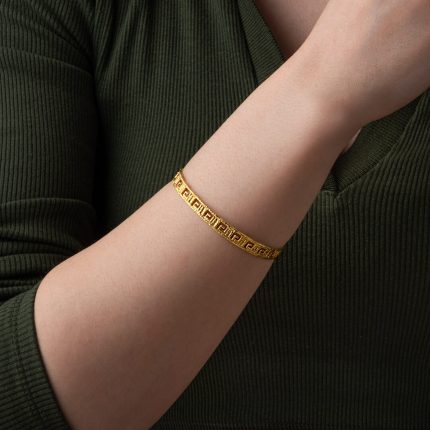
Select options
This product has multiple variants. The options may be chosen on the product page
Greek Key Lace Cuff Bracelet – 925 Sterling Silver and Gold Plated
-15%
-15%
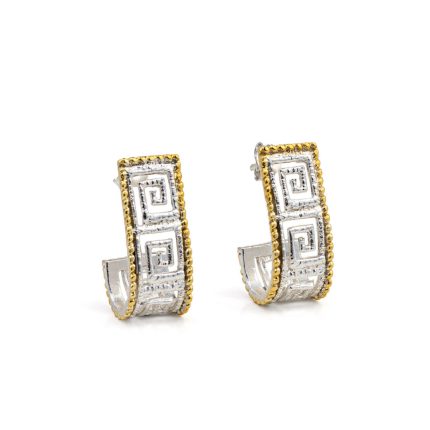

Select options
This product has multiple variants. The options may be chosen on the product page
Sterling Silver Gold Plated Greek Key Lace Earrings
-15%
-15%
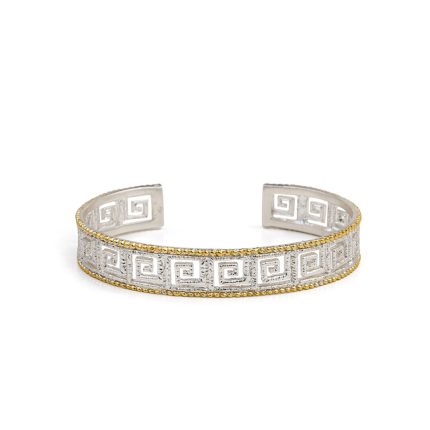
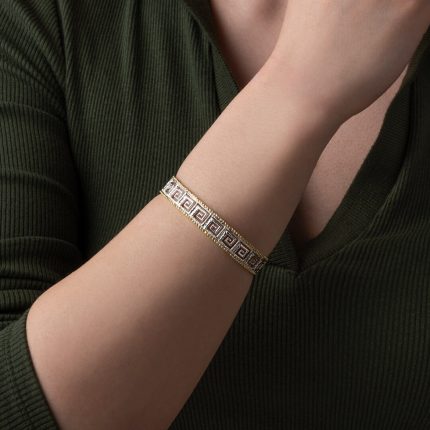
Select options
This product has multiple variants. The options may be chosen on the product page
Greek Key Meander Lace Bracelet
-15%
-15%
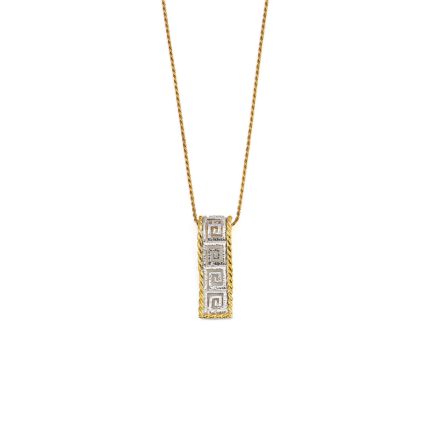

Select options
This product has multiple variants. The options may be chosen on the product page
Greek Key Meander Lace Pendant
-15%
-15%

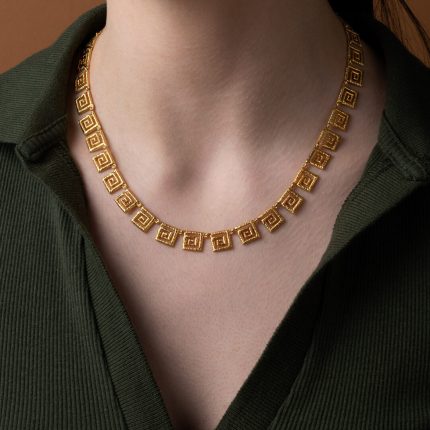
Select options
This product has multiple variants. The options may be chosen on the product page
Greek Key Meander Lace Necklace
-15%
-15%
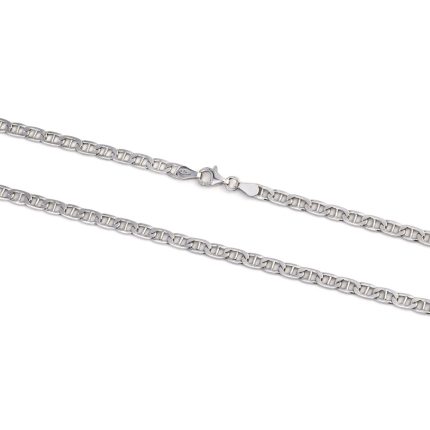
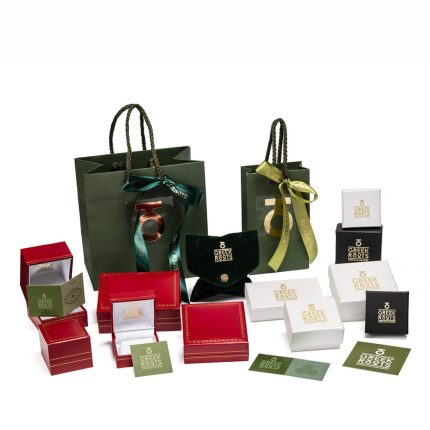
Select options
This product has multiple variants. The options may be chosen on the product page
Sterling Silver Curb Chain
-15%
-15%
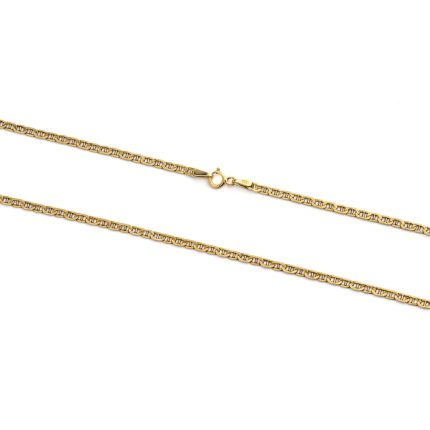

Select options
This product has multiple variants. The options may be chosen on the product page
Mariner Chain 925 Sterling Silver and Gold Plated
-15%
-15%
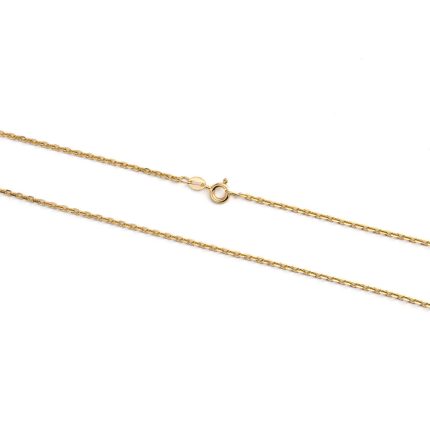
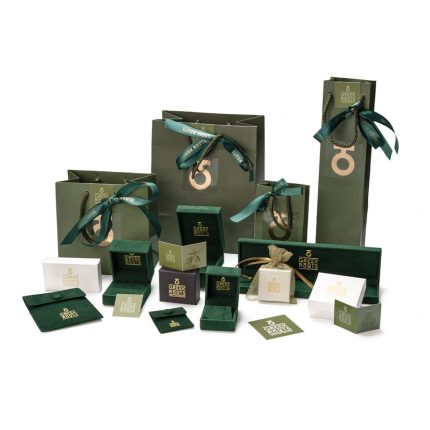
Select options
This product has multiple variants. The options may be chosen on the product page
-15%
-15%

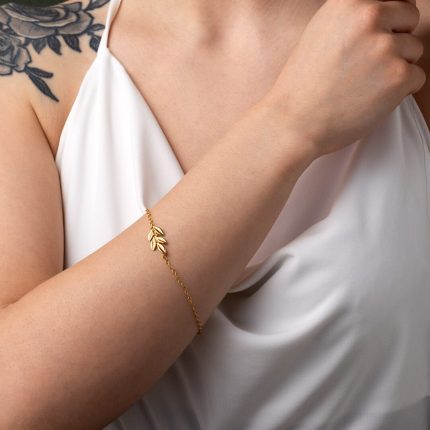
Select options
This product has multiple variants. The options may be chosen on the product page
Leaf Chain Bracelet – Sterling Silver and Gold Plated
-15%
-15%
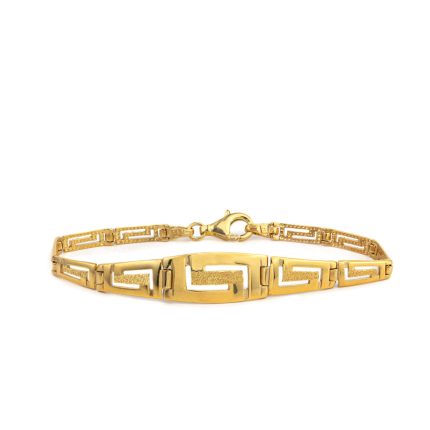
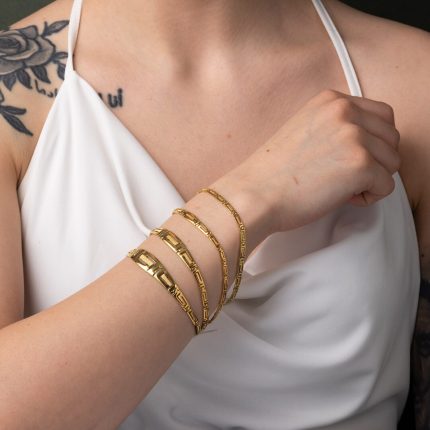
Select options
This product has multiple variants. The options may be chosen on the product page
Greca Link Bracelet – Sterling Silver and Gold Plated
-15%
-15%

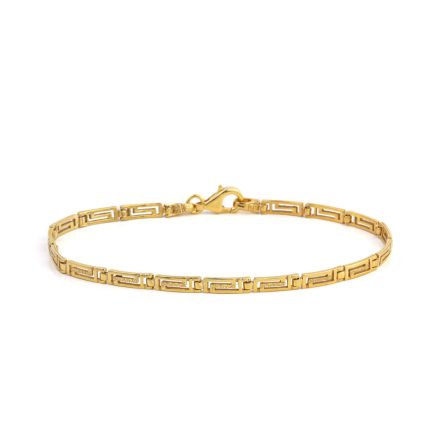
Select options
This product has multiple variants. The options may be chosen on the product page
Greek Key Meander Link Bracelet – Sterling Silver and Gold Plated
-15%
-15%
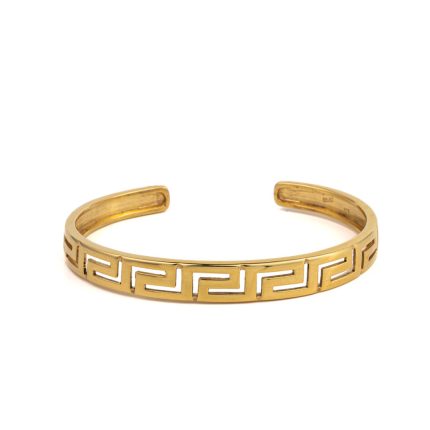
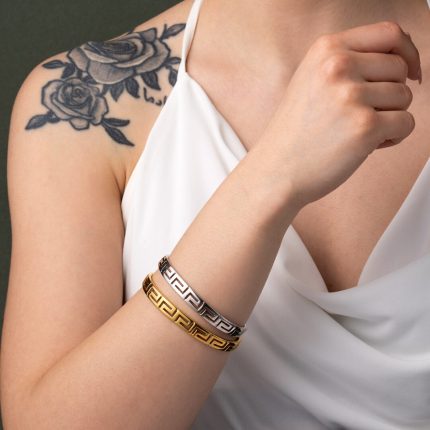
Select options
This product has multiple variants. The options may be chosen on the product page
Greek Key Cuff Bracelet – Sterling Silver and Gold Plated
-15%
-15%


Select options
This product has multiple variants. The options may be chosen on the product page
